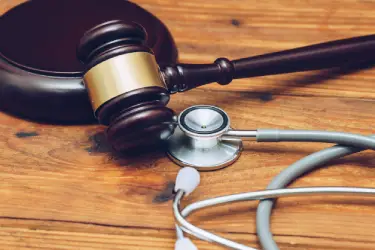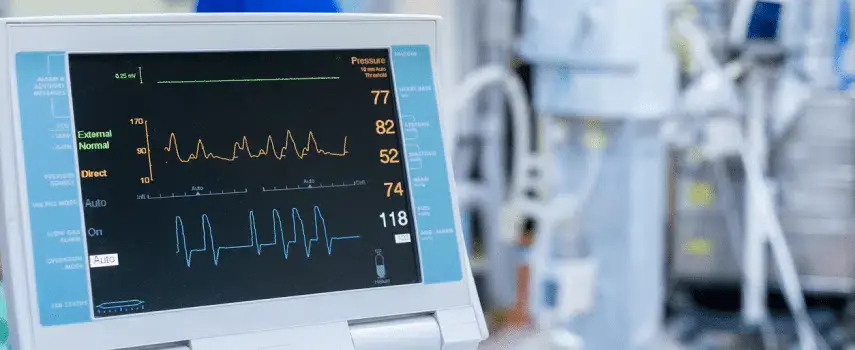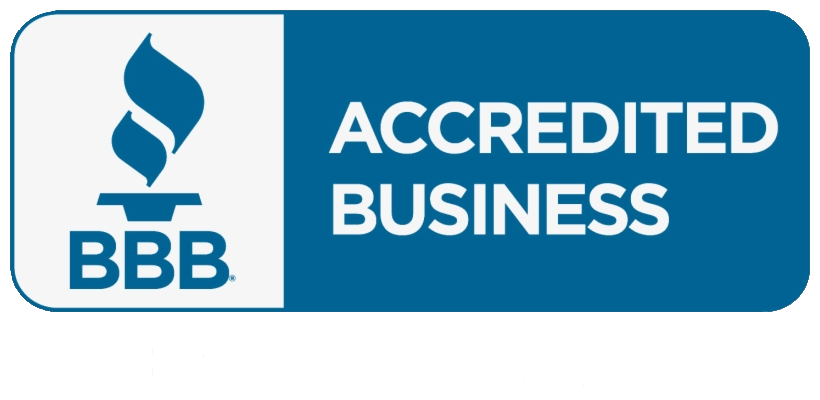While some accident victims die right away, others may linger for hours or even months, which makes a critical difference in the claim. A serious collision can happen in a flash. When emergency personnel arrive at the scene of an accident, the victims are often bleeding, bruised, unconscious or disoriented. Despite surviving an impact and being rushed to an emergency trauma center, the victim eventually dies from their injuries.
Time Between Life and Death
This time is critical when filing a survival action to acknowledge the person’s suffering before death and provide the family with a sense of justice and financial assistance. The survival action or personal injury claim is one the decedent would have filed had they lived. In other words, the injury survives the person’s death. Since the decedent can no longer do this for themselves, the family can do it for them.
Injuries From Fatal Car Accidents – Causes and Time to Death
Researchers examined the time and cause of light vehicle crash fatalities in the 1990s using data from the Fatal Analysis Reporting System (FARS) and the National Highway Traffic Safety Administration (NHTSA). Their research showed the following:
- Within 30 minutes after the accident, 46 percent of the patients died from the injuries suffered.
- From 30 minutes to 1.5 hours later, 24 percent of the injured patients succumbed to injuries.
- Within 24 hours, 90 percent of the injured patients died.
Major Causes of Delayed Fatalities in a Car Crash
Major hemorrhaging internally and traumatic blood loss often result in patients dying in the emergency room. Multiple organ failures or infections were responsible for deaths later. Sometimes, delayed deaths occur weeks or even months after a car accident.
What Causes the Majority of Deaths?
Injury to the head and chest is the leading cause of death in car accidents. A traumatic injury to the brain, heart, spinal cord or a major blood vessel is the leading cause of death within 10 minutes of arrival at a trauma center. An auto accident can also cause traumatic death in the following ways:
- Pulmonary contusions
- Injuries to the cervical spine
- Aspiration or other dysfunction in the airways
- Puncture injuries to the visceral nervous system
How Do You Proceed if a Personal Injury Claim Has Already Been Filed?
It is possible for an accident victim with life-threatening injuries to survive for several days or even longer after the incident. During this time, they or other family members may hire a personal injury attorney to handle their case. What are the next steps if the victim dies during the injury claim’s progression?
Personal Injury Leads to Wrongful Death Claim
A personal injury may turn into a wrongful death if the victim dies. After the decedent passes away, a wrongful death claim is filed on behalf of the surviving spouse, children, parents or the estate if none of the deceased’s family is left. In the case of wrongful death, a parent or legal guardian retains ownership of the claim for a minor. However, the original personal injury claim can survive the person’s demise. This is encompassed in a survival action.
Filing a Survival Action in New York

After a fatal accident, immediate family members could file a survival action on behalf of their deceased loved one if the decedent survived for a time following the incident. Survival actions allow the relatives of the deceased to recover both the medical expenses and the pain and suffering their loved ones experienced before their demise.
The difference between a survival action and a wrongful death is that the former is compensation for suffering. A wrongful death lawsuit provides a way to recover damages due to losing a loved one. The period between when the accident occurred and the patient died can make a critical difference in the recovered damages. For example, an accident victim that survives only minutes will result in a much smaller recovery of damages for the family. However, a patient with a traumatic brain injury may linger for a long time and be subject to surgeries and other invasive treatments, so the recoverable compensation is much higher. The following are some examples of damages found within a survival action:
- Lost wages and potential earnings are recoverable.
- The surviving spouse may claim loss of consortium.
- Recovery of damages may be made for mental anguish and pain and suffering.
- Children in the immediate family may recover compensation for the loss of parental guidance.
- The family may recover the medical expenses that accrued and ended in the death of the loved one.
Advantages of Filing a Survival Action
In addition to increasing the value of a claim, a survival action ensures that the decedent’s family will not face unpaid medical bills after their loved one passes away. The deceased don’t need to receive treatment to qualify for a survival action. A survival action could add to the recoverable damages if the victim experienced pain and suffering before passing. The pain the deceased experienced before death can be calculated by consulting a medical expert.
How an Attorney Can Help
A survival action is based on solid evidence that proves negligence by the at-fault driver. After a person’s demise, this requires gathering accident details, witness statements, police reports and pertinent medical records. An experienced wrongful death attorney can build a robust case to show that the decedent suffered due to the defendant’s actions. The Platta Law Firm has been doing this critical work for clients in NYC and might be able to help you. Call us for a free case review at (212) 514-5100, or contact us online to schedule a consultation.




